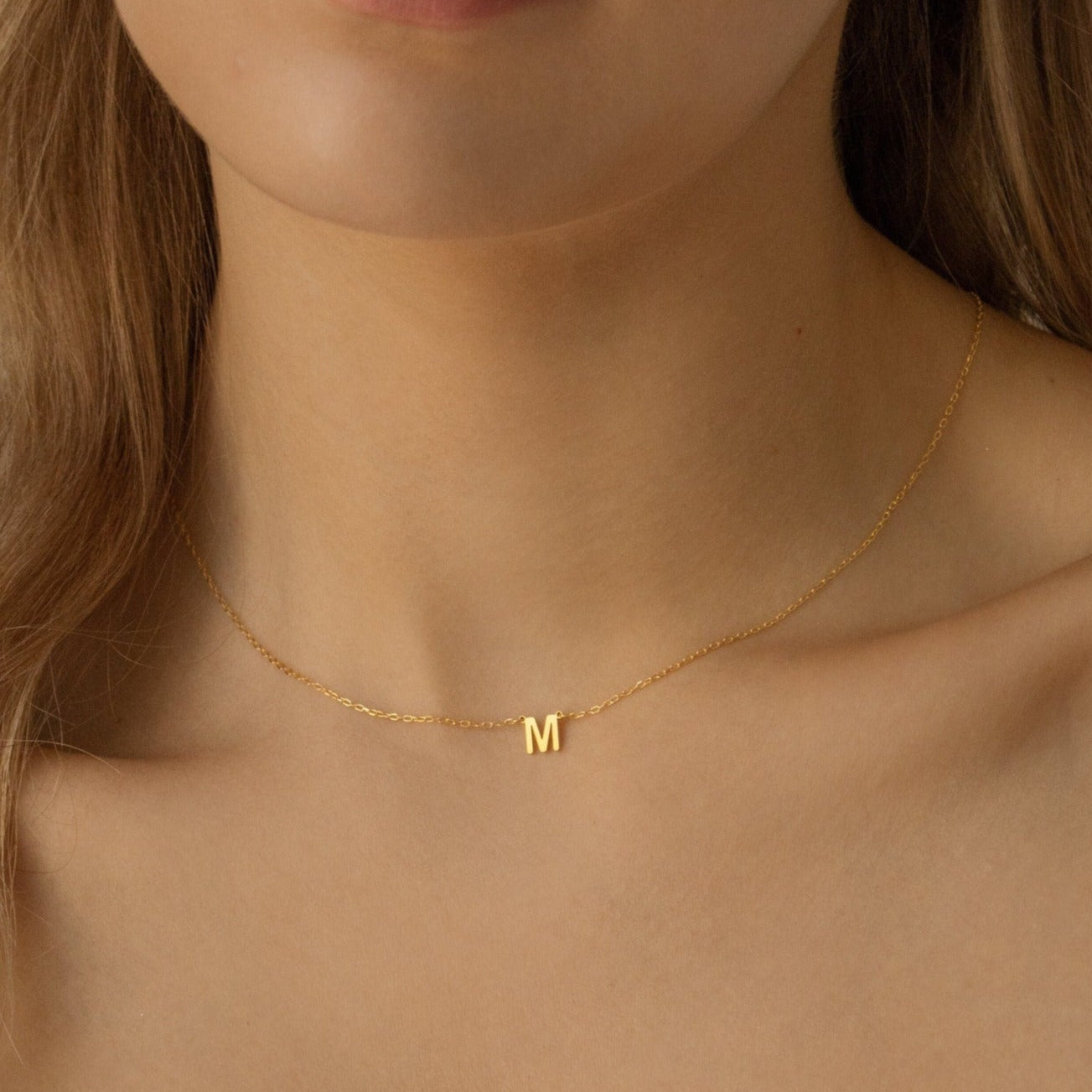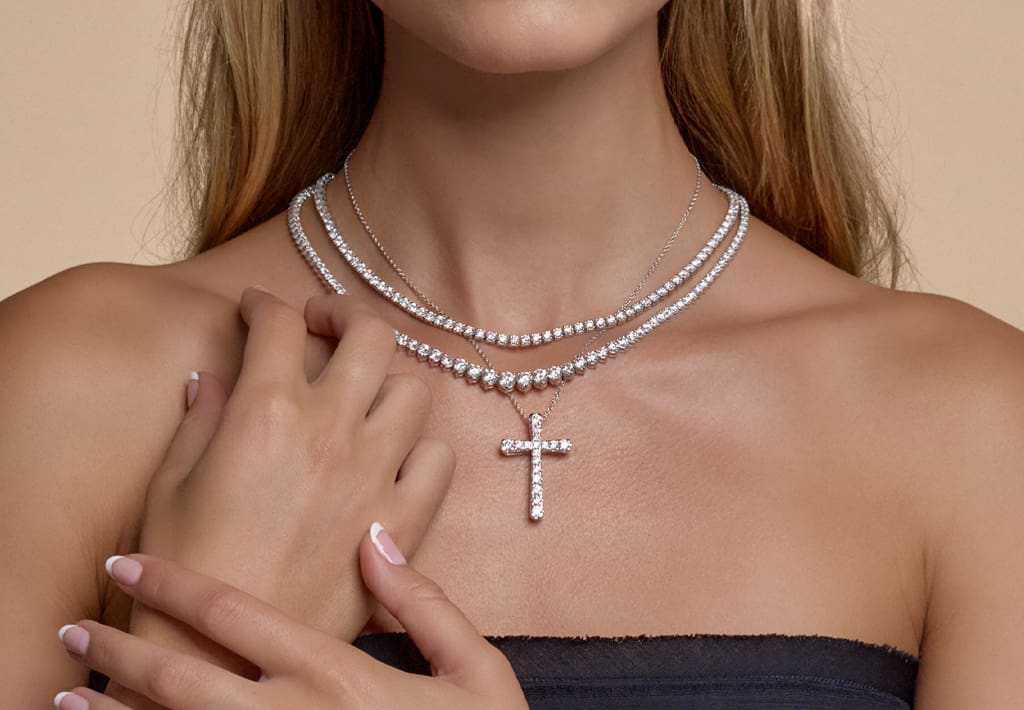Diamonds come in various shapes, each with its own unique characteristics and appeal. Choosing the right shape can significantly impact the overall look and feel of your diamond jewelry. Let’s explore the pros and cons of different diamond shapes to help you make an informed decision.
Introduction to Diamond Shapes
Diamond shape refers to the outline or external form of a diamond as seen when viewed from above. While the 4Cs (cut, color, clarity, and carat weight) determine diamonds shapes pros and cons overall quality, the shape plays a crucial role in its aesthetics and how it interacts with light.
Round Diamonds
Advantages
Round diamonds are renowned for their unparalleled brilliance and sparkle. Their symmetrical shape and 58 facets maximize light return, making them the most brilliant of all diamond shapes. This classic shape has stood the test of time, offering a timeless appeal that suits various settings and styles.
Disadvantages
However, round diamonds tend to be more expensive per carat compared to fancy shapes due to the high demand and the significant amount of rough diamond wastage during cutting.
Princess Cut Diamonds
Advantages
Princess cut diamonds feature a square or rectangular shape with pointed corners, offering a modern and elegant appearance. They are known for their versatility, complementing both contemporary and vintage settings.
Disadvantages
Despite their popularity, princess cut diamonds are susceptible to chipping along the pointed corners, requiring protective settings to ensure longevity.
Emerald Cut Diamonds
Advantages
Emerald cut diamonds are characterized by a rectangular shape with cropped corners and a step-cut faceting pattern. This elegant shape showcases clarity and color beautifully, often appearing larger than other shapes of the same carat weight.
Disadvantages
However, emerald cut diamonds tend to emphasize inclusions more prominently due to their open faceting style, which may affect their brilliance compared to brilliant cuts like round diamonds.
Oval Diamonds
Advantages
Oval diamonds combine the brilliance of round diamonds with a unique elongated shape that creates a flattering effect on the finger. They offer a similar sparkle to round diamonds while appearing larger per carat due to their elongated silhouette.
Disadvantages
Yet, oval diamonds can exhibit a bow-tie effect—a dark area across the center caused by uneven light reflection—which varies in intensity depending on the diamond’s cut quality.
Cushion Cut Diamonds
Advantages
Cushion cut diamonds, also known as pillow-cut diamonds, feature rounded corners and larger facets that enhance their brilliance and fire. This antique-inspired shape exudes a romantic and vintage charm, making it a popular choice for engagement rings.
Disadvantages
On the downside, cushion cut diamonds may not exhibit as much sparkle as round brilliant diamonds, and their brilliance can vary depending on the cut quality and facet arrangement.
Asscher Cut Diamonds
Advantages
Asscher cut diamonds resemble an octagonal shape with trimmed corners and step-cut facets, creating a mesmerizing hall-of-mirrors effect. This vintage-inspired cut offers a unique alternative to traditional diamond shapes, with a distinct geometric appeal.
Disadvantages
However, asscher cut diamonds are less common and may be more difficult to find compared to popular shapes like round or princess cuts. They also tend to highlight inclusions more visibly due to their step-cut faceting.
Radiant Cut Diamonds
Advantages
Radiant cut diamonds combine the elegance of emerald cuts with the brilliance of round diamonds, featuring trimmed corners and a brilliant-cut facet pattern. They are known for their dazzling sparkle and versatility, suitable for various jewelry settings.
Disadvantages
Despite their brilliance, lab grown diamonds, radiant cut diamonds can be more expensive than other fancy shapes due to the complexity of their cutting process and the higher carat weight loss during cutting.
Pear Shaped Diamonds
Advantages
Pear shaped diamonds, also known as teardrop diamonds, feature a rounded end with a point at the opposite end, resembling a drop of water. They offer a unique and sophisticated appearance that elongates the finger and showcases brilliance similar to round diamonds.
Disadvantages
However, pear shaped diamonds are prone to a bow-tie effect, especially if not well-proportioned. Finding a well-cut pear shaped diamond is crucial to maximizing its sparkle and minimizing the bow-tie effect.
Heart Shaped Diamonds
Advantages
Heart shaped diamonds are the ultimate symbol of love and romance, featuring a distinctive silhouette with a pointed bottom and rounded top. They are rare and unique, making them a meaningful choice for engagement rings and special occasions.
Disadvantages
However, heart shaped diamonds require a skilled cutter to achieve symmetry and proper proportions. Additionally, they may appear slightly smaller than other shapes of similar carat weight due to the shape’s design.
Marquise Cut Diamonds
Advantages
Marquise cut diamonds are characterized by an elongated shape with pointed ends, resembling a football. They offer a dramatic and flattering appearance, creating an illusion of longer, slender fingers due to their elongated shape and large face-up area per carat.
Disadvantages
On the downside, marquise cut diamonds can exhibit a bow-tie effect similar to other fancy shapes with elongated outlines. Proper care and protective settings are necessary to prevent damage to the pointed ends.
Choosing the Right Diamond Shape
When selecting a diamond shape, consider your personal style, finger shape, and the type of jewelry setting you prefer. Each diamond shape has its own unique advantages and disadvantages, so it’s essential to prioritize what matters most to you—whether it’s brilliance, uniqueness, or symbolism.
Conclusion
In conclusion, the choice of diamond shape plays a significant role in determining the overall look and feel of your jewelry piece. From classic round diamonds to unique heart shaped diamonds, each shape offers distinct pros and cons that should be carefully considered based on your preferences and priorities.





